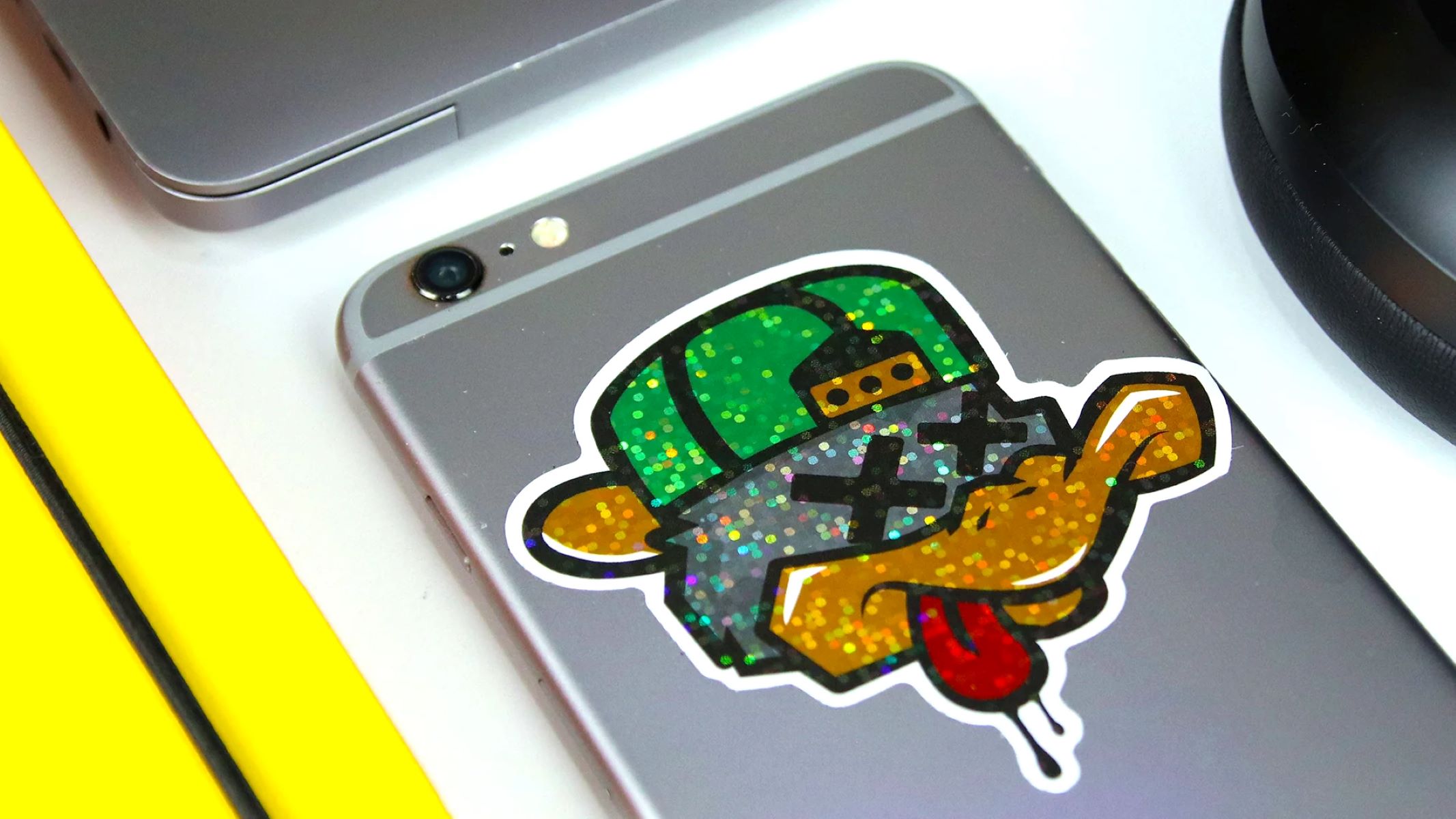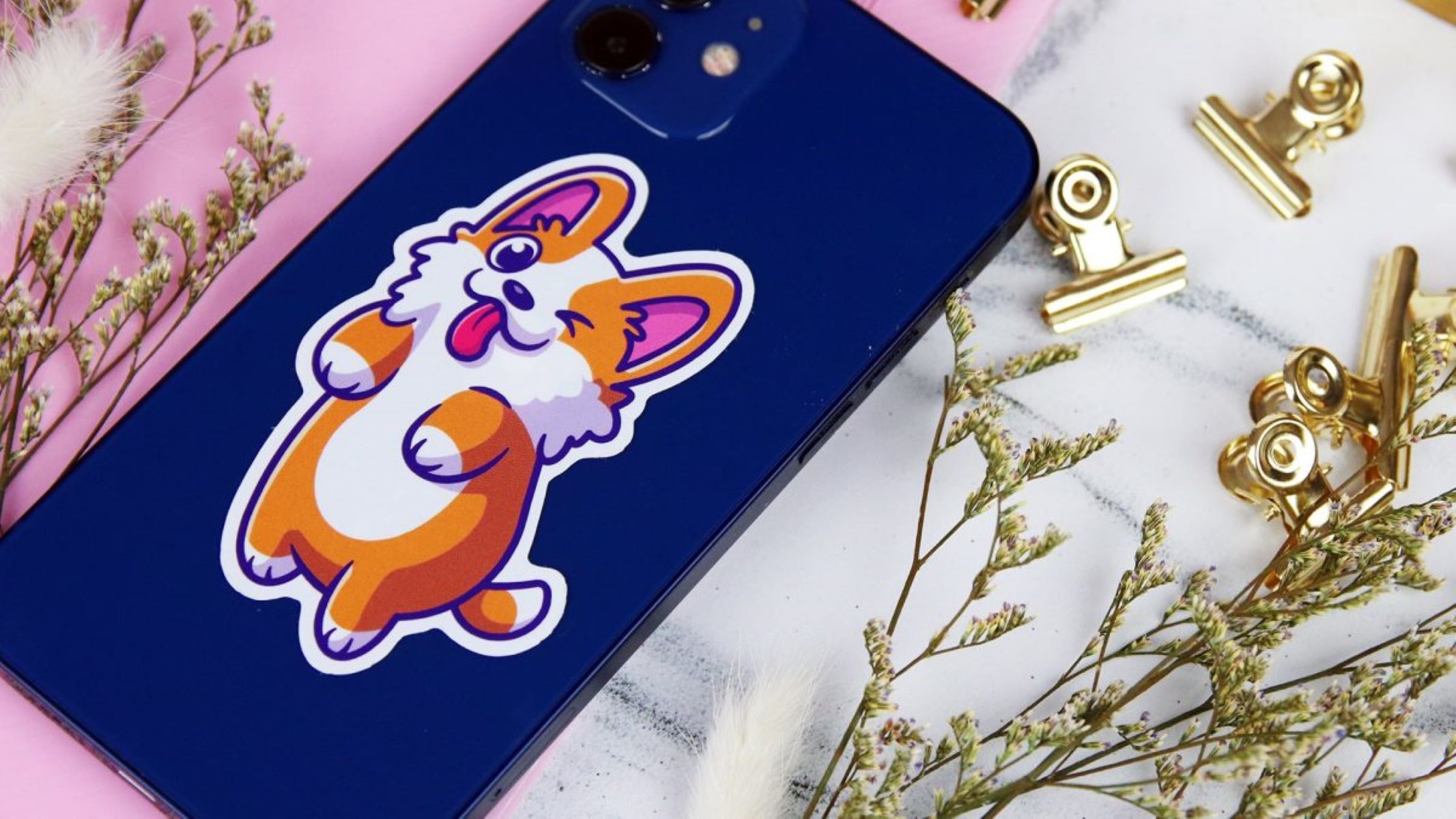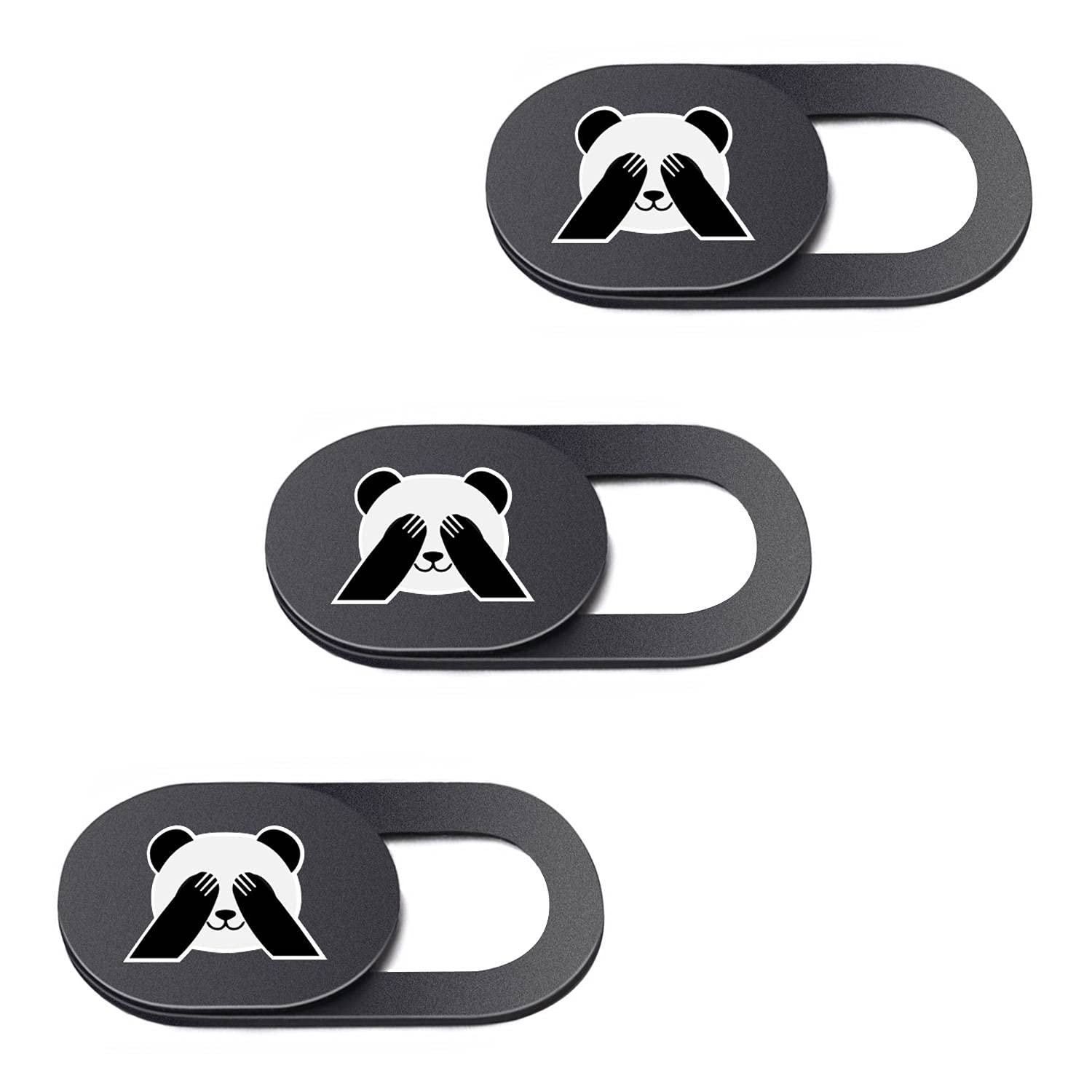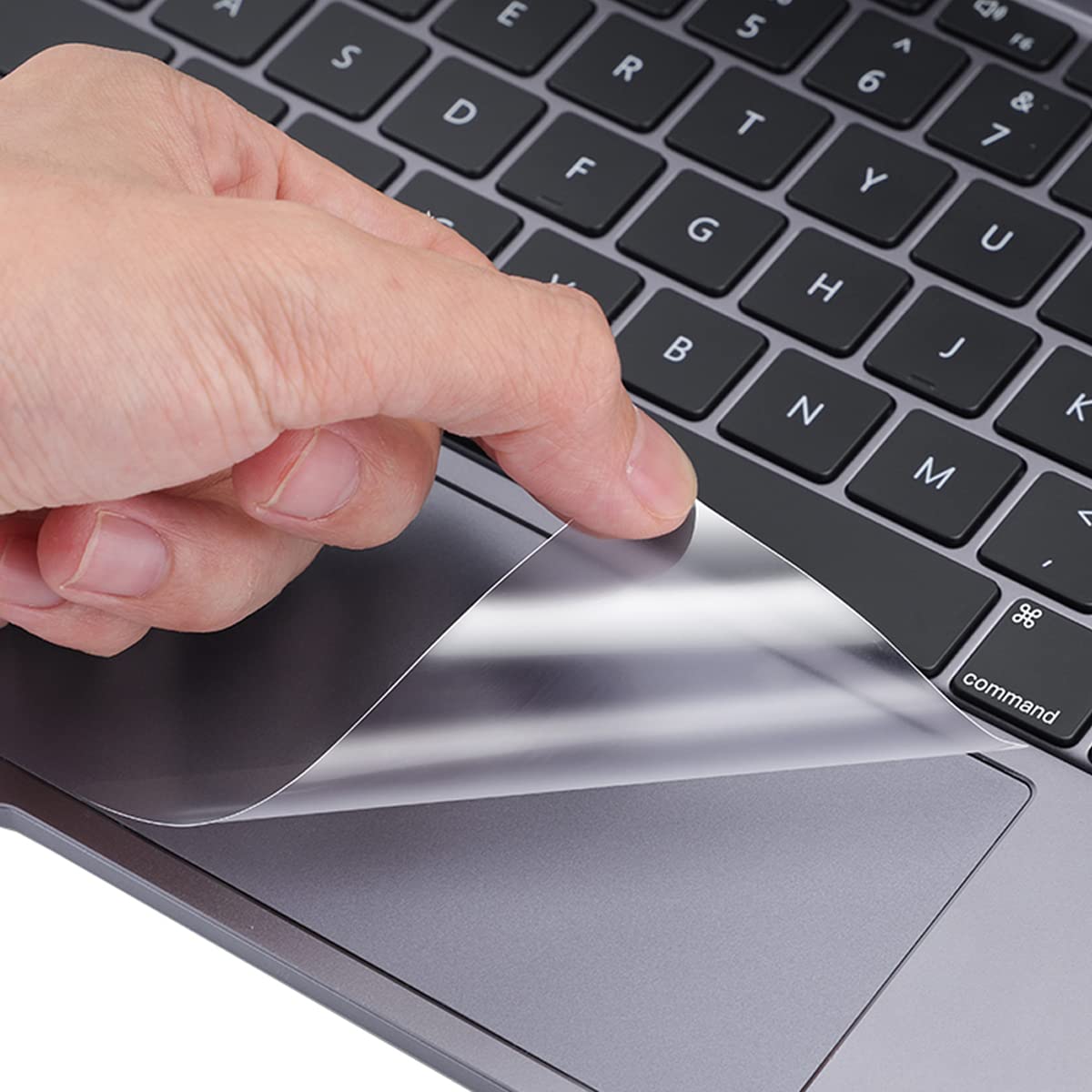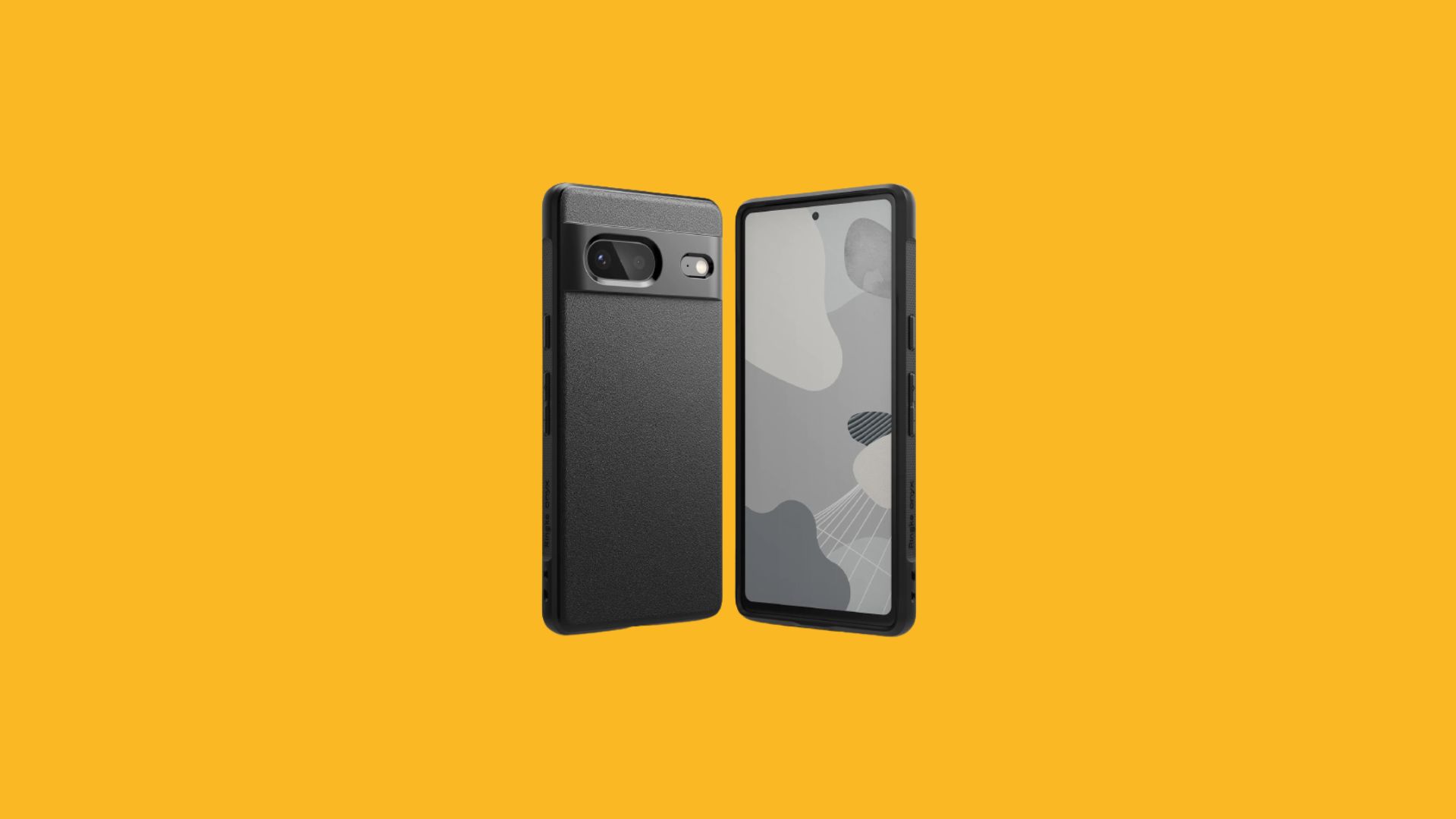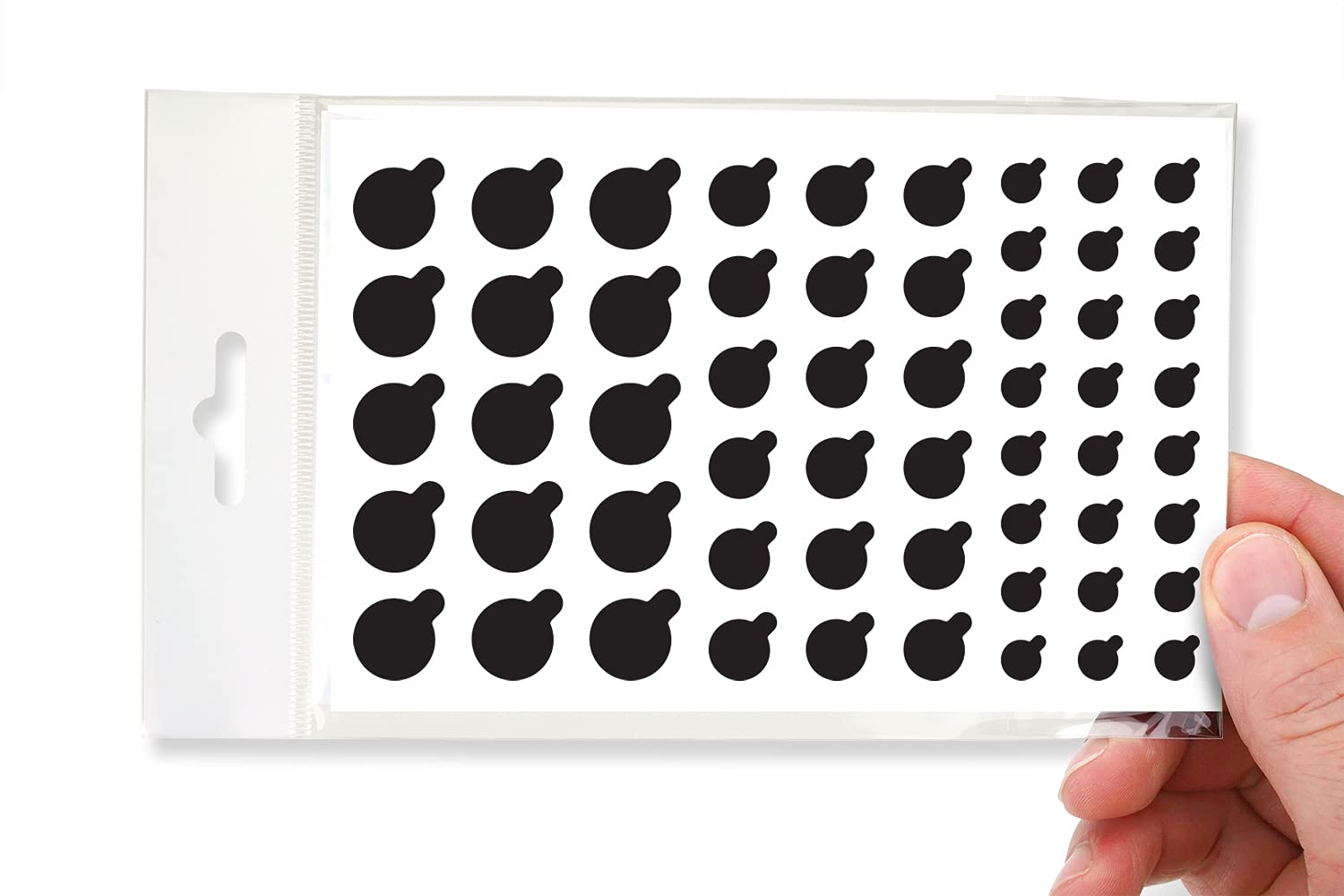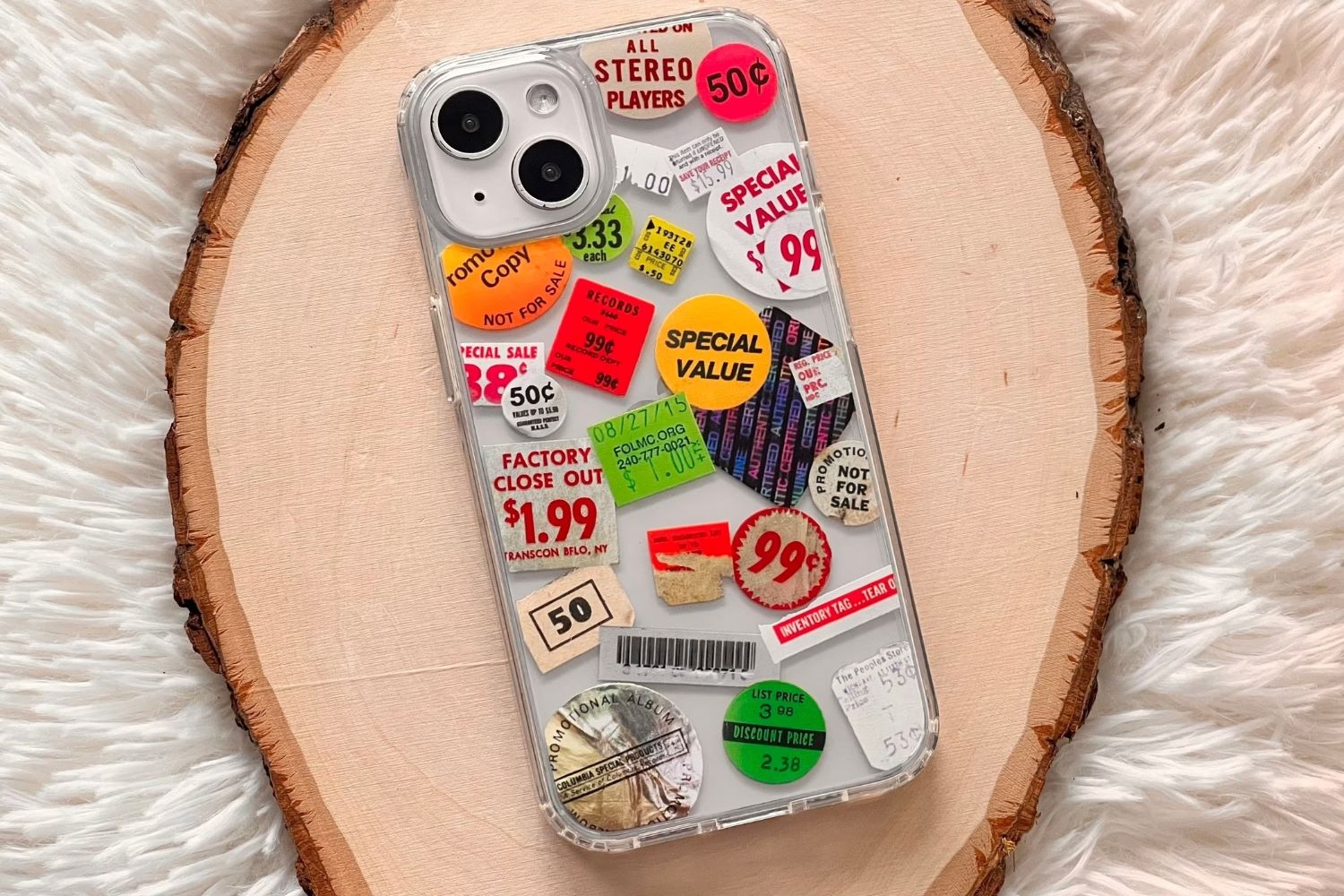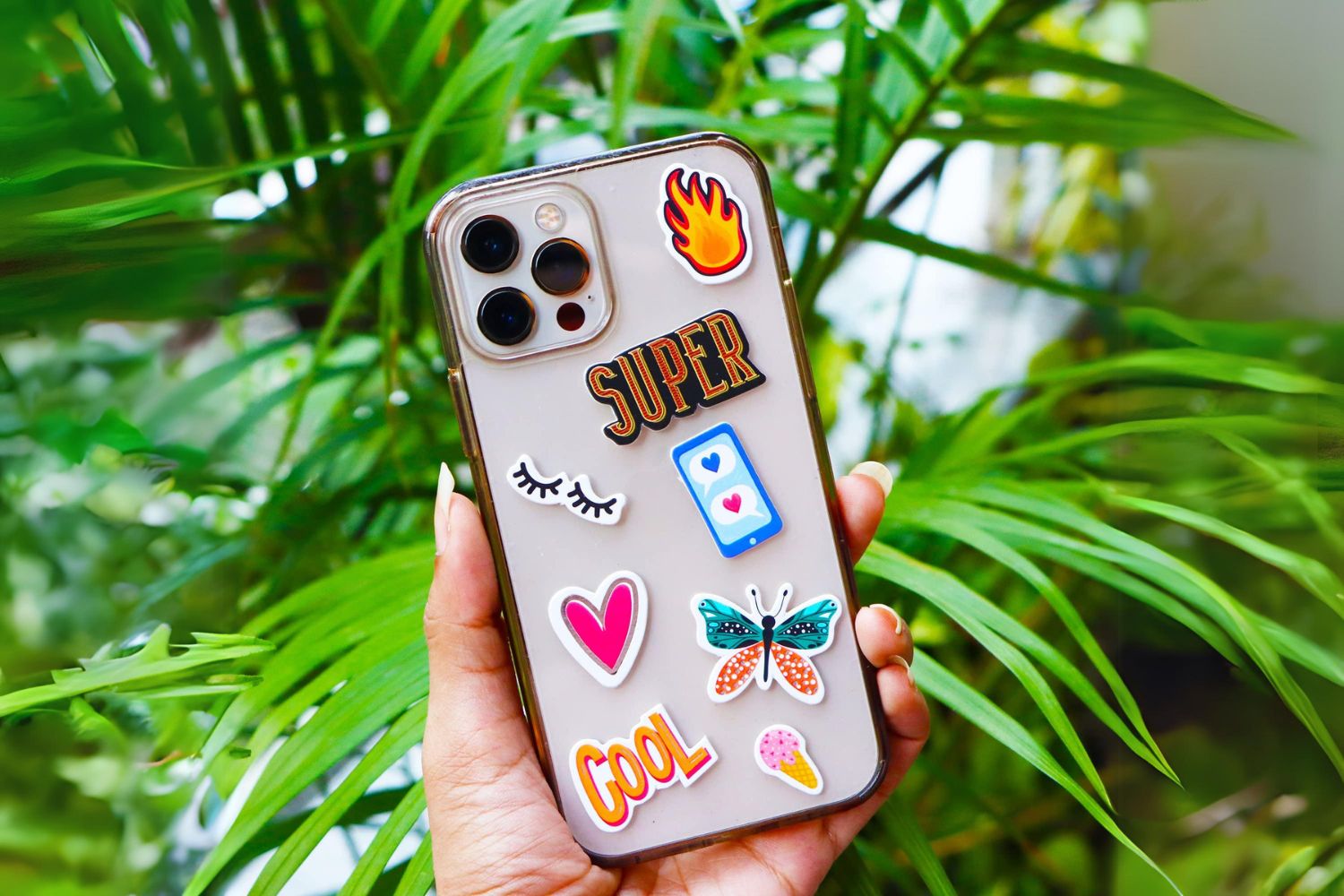Introduction
Are you a fan of personalizing your phone case with unique stickers but find that they often fail to adhere properly? Achieving sticker perfection on phone cases involves a combination of selecting the right materials, understanding the surface properties, and applying the stickers with precision. In this comprehensive guide, we will delve into the nuances of ensuring impeccable adhesion, allowing you to showcase your individuality without the frustration of peeling or misaligned stickers.
Ensuring that stickers adhere flawlessly to phone cases not only enhances the aesthetic appeal but also provides a protective layer for your device. By exploring the various factors influencing adhesion, we can elevate the longevity and visual impact of your personalized phone case. Let's embark on this journey to sticker perfection, where we unravel the intricacies of material selection, surface preparation, and application techniques to achieve long-lasting adhesion. Whether you're a sticker enthusiast, a fashion-forward individual, or someone seeking to protect their phone in style, this guide will equip you with the knowledge to elevate your sticker game.
Understanding Different Types of Phone Cases
Phone cases come in various materials and designs, each with unique properties that can influence sticker adhesion. Understanding the differences between these cases is crucial in selecting the appropriate stickers and application methods.
1. Hard Plastic Cases: These cases are typically smooth and rigid, providing a stable surface for sticker adhesion. However, the lack of flexibility in the material may make it susceptible to cracking or chipping, potentially affecting the longevity of the sticker adhesion. When choosing stickers for hard plastic cases, opt for durable materials that can withstand minimal flexing.
2. Silicone or Rubber Cases: Known for their shock-absorbing properties, silicone and rubber cases offer a more flexible and grippy surface. Stickers applied to these cases should be able to adhere to the slightly textured and pliable surface without compromising their durability. Flexible vinyl or silicone-based stickers are suitable for these cases, ensuring a secure bond without the risk of peeling due to the case's flexibility.
3. Leather Cases: Leather phone cases exude a classic and sophisticated appeal. The smooth yet porous surface of leather may require special adhesive-backed stickers designed for textured surfaces. Additionally, the stickers should complement the elegance of the leather case without detracting from its premium aesthetic.
4. Metal Cases: Sleek and durable, metal cases provide a unique challenge for sticker adhesion due to their smooth and sometimes anodized surfaces. Specialized adhesive materials, such as those designed for automotive applications, may be necessary to ensure long-lasting adhesion on metal cases.
Understanding the nuances of different phone case materials empowers you to make informed decisions when selecting stickers and applying them to achieve optimal adhesion. By considering the characteristics of each case type, you can tailor your sticker choices to complement the specific properties of your phone case, ensuring a seamless and enduring bond.
Choosing the Right Sticker Material
When aiming for impeccable sticker adhesion on phone cases, selecting the appropriate sticker material is paramount. The material’s properties, including flexibility, durability, and adhesive strength, play a significant role in ensuring long-lasting adhesion.
1. Vinyl Stickers: Vinyl stickers are versatile and widely used for phone case customization due to their durability and weather resistance. They are available in various finishes, including glossy, matte, and textured, allowing you to tailor the aesthetic appeal of your phone case. Additionally, vinyl stickers offer excellent adhesion to smooth and slightly textured surfaces, making them suitable for a wide range of phone case materials.
2. Silicone-Based Stickers: Ideal for silicone or rubber phone cases, silicone-based stickers offer enhanced flexibility and adhesion to pliable surfaces. These stickers are designed to withstand the inherent flexibility of the case material, ensuring that they remain securely bonded without peeling or lifting at the edges.
3. Specialized Adhesive Materials: For challenging surfaces such as metal or textured leather, specialized adhesive materials designed for specific applications may be necessary. These adhesives are formulated to create a strong bond with unconventional surfaces, providing a reliable solution for customizing unique phone cases.
4. Removable vs. Permanent Adhesive: Consider the desired longevity of the sticker adhesion when selecting the sticker material. Removable adhesive allows for repositioning or replacing stickers without leaving residue, making it suitable for temporary customization. On the other hand, permanent adhesive ensures enduring adhesion, making it the preferred choice for long-term phone case personalization.
By carefully evaluating the properties of different sticker materials and their compatibility with various phone case surfaces, you can make an informed decision when choosing the right stickers for your customization endeavors. The selected sticker material should not only align with the aesthetic vision but also exhibit the necessary adhesion characteristics to withstand daily use and handling.
Surface Preparation for Adhesion
Ensuring the optimal adhesion of stickers to phone cases necessitates meticulous surface preparation to create an ideal bonding environment. The following steps are essential for preparing the phone case surface to maximize sticker adhesion:
1. Cleaning the Surface: Before applying stickers, it is imperative to clean the phone case surface thoroughly. Use a mild detergent or isopropyl alcohol to remove any dirt, oils, or residue that may hinder adhesion. Ensure that the surface is completely dry before proceeding with sticker application to prevent trapped moisture, which can compromise adhesion.
2. Surface Texture Evaluation: Assess the texture of the phone case surface to determine its smoothness or roughness. Smooth surfaces may require minimal surface preparation, while textured or porous surfaces may benefit from additional steps to enhance adhesion.
3. Surface Priming: For surfaces with pronounced texture or porous materials such as leather, applying a surface primer or adhesion promoter can facilitate better sticker adhesion. These priming agents create a uniform surface for the sticker to adhere to, enhancing the bond and minimizing the risk of peeling or lifting.
4. Applying Heat or Pressure: After sticker application, utilizing heat or pressure to activate the adhesive and ensure uniform contact with the surface can enhance adhesion. Heat guns or hairdryers on a low setting can be used to gently warm the sticker, promoting better adhesion, especially on irregular or contoured surfaces.
By meticulously preparing the phone case surface, you can create an optimal foundation for sticker adhesion, significantly reducing the risk of premature peeling or detachment. These preparatory measures contribute to the longevity and visual appeal of the customized phone case, ensuring that the stickers remain securely affixed under various environmental conditions and everyday use.
Applying the Sticker Correctly
Applying stickers to phone cases with precision is essential for achieving impeccable adhesion and a visually appealing outcome. The following guidelines outline the correct application techniques to ensure optimal sticker adhesion:
1. Alignment and Positioning: Before peeling off the sticker backing, carefully position and align the sticker on the phone case to achieve the desired placement. Utilize reference points on the case, such as camera cutouts or edges, to ensure symmetrical and centered positioning of the sticker.
2. Peeling and Application: Peel the backing of the sticker while avoiding excessive handling of the adhesive side. Once the backing is removed, avoid letting the adhesive surface come into contact with unintended surfaces or debris to maintain its cleanliness and adhesion properties. Apply the sticker to the phone case surface in one smooth motion to prevent air bubbles or misalignment.
3. Smoothing and Bonding: After applying the sticker, gently smooth out the surface with a soft, lint-free cloth or a squeegee to ensure uniform contact and the expulsion of any trapped air. Pay particular attention to the edges and corners to prevent potential lifting or peeling over time.
4. Curing Time: Allow the sticker to cure and adhere to the phone case surface for the recommended duration specified by the sticker material manufacturer. Avoid subjecting the sticker to excessive handling or environmental stress during the curing period to facilitate a strong and enduring bond.
5. Sealing the Edges: If the sticker extends to the edges of the phone case, consider using a clear sealant or edge sealer to protect the sticker edges from potential peeling due to friction or handling. This additional step can safeguard the longevity of the sticker adhesion, especially for high-contact areas.
By adhering to these precise application techniques, you can optimize the adhesion of stickers on phone cases, ensuring a professional and long-lasting result. The correct application not only enhances the visual impact of the customization but also contributes to the durability and resilience of the stickers under daily use and handling.
Ensuring Long-lasting Adhesion
Securing long-lasting adhesion for stickers on phone cases involves proactive measures to maintain the integrity of the applied stickers and preserve their visual appeal. By implementing the following strategies, you can safeguard the adhesion of the stickers, prolonging their durability and aesthetic impact:
1. Avoiding Abrasive Contact: Minimize abrasive contact with the sticker-adorned phone case to prevent premature wear and potential damage to the stickers. Place the phone in a dedicated pocket or compartment to reduce friction with other items, preserving the sticker’s pristine condition.
2. Regular Cleaning and Maintenance: Periodically clean the phone case and stickers using a mild detergent or gentle cleanser to remove accumulated dirt, oils, and debris. Avoid harsh chemicals or abrasive cleaning tools that may compromise the adhesive properties of the stickers.
3. Protective Coating or Sealant: Consider applying a clear protective coating or sealant over the stickers to shield them from environmental elements and minimize the risk of abrasion or fading. Ensure that the chosen coating is compatible with the sticker material to avoid adverse reactions or discoloration.
4. Environmental Considerations: Be mindful of environmental factors that can impact sticker adhesion, such as prolonged exposure to direct sunlight, extreme temperatures, or high humidity. Minimize prolonged exposure to these conditions to preserve the stickers’ adhesion and visual vibrancy.
5. Prompt Maintenance of Damaged Areas: In the event of accidental damage or lifting of the stickers, promptly address the affected areas by reapplying adhesive or utilizing specialized repair solutions recommended for the specific sticker material. Timely maintenance can prevent further deterioration and prolong the overall adhesion of the stickers.
By implementing these proactive measures, you can uphold the long-lasting adhesion of stickers on phone cases, ensuring that your personalized customization remains visually striking and resilient against the rigors of daily use. Consistent maintenance and protective practices contribute to preserving the integrity of the stickers, allowing you to showcase your individuality with enduring style.
Conclusion
Customizing phone cases with stickers offers a creative outlet for personal expression and style. By understanding the nuances of different phone case materials, selecting the appropriate sticker materials, and implementing meticulous application and maintenance practices, you can achieve sticker perfection with enduring adhesion.
Embracing the diversity of phone case materials empowers you to make informed decisions when selecting stickers and applying them with precision. Whether it’s a sleek metal case, a textured leather cover, or a flexible silicone casing, the right sticker material and application techniques can ensure optimal adhesion, elevating the visual impact of your customization.
Furthermore, the proactive maintenance and protective measures outlined in this guide contribute to the longevity of sticker adhesion, preserving the vibrancy and integrity of your personalized phone case. By avoiding abrasive contact, implementing regular cleaning and maintenance, and considering protective coatings, you can safeguard the adhesion of your stickers against environmental factors and everyday wear.
In essence, achieving sticker perfection on phone cases is a harmonious blend of creativity, material knowledge, and attentive maintenance. By adhering to the principles outlined in this guide, you can confidently embark on your sticker customization journey, knowing that your personalized phone case will exude enduring style and individuality.
With the insights gained from this comprehensive guide, you are well-equipped to elevate your sticker game and showcase your unique personality with confidence and flair. Embrace the art of sticker customization, and let your phone case become a canvas for self-expression and creativity, adorned with stickers that boast impeccable adhesion and lasting allure.







